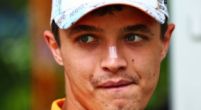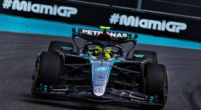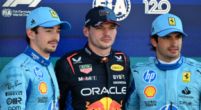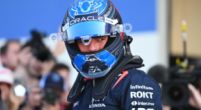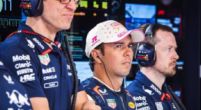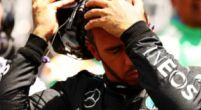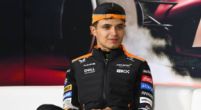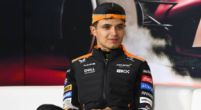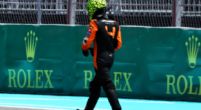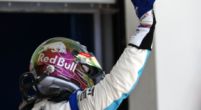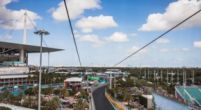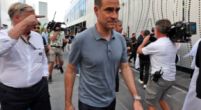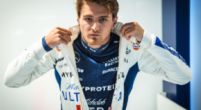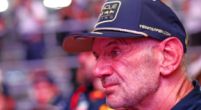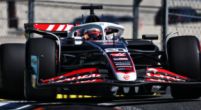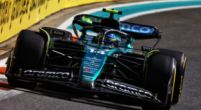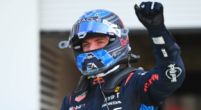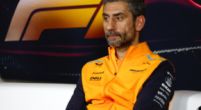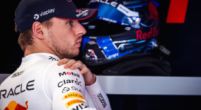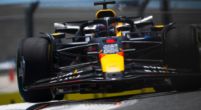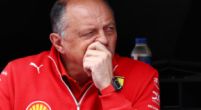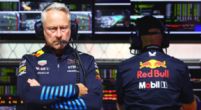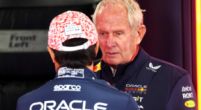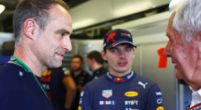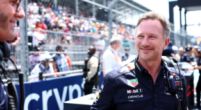Tech
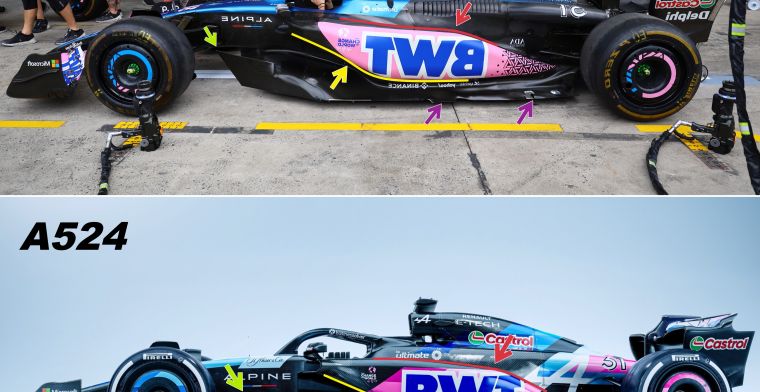
Technical Analysis | Alpine pressure themselves by ignoring Red Bull
After three car launches where we saw very few technical details of the 2024 cars, Alpine have been the first team to completely show their real car, the A524. The car is new in every detail. Technical director Matt Harman pointed out only the steering wheel survived, as they especially focused on weight reduction, one of Alpine’s Achilles heels last season.
Their main goal for the 2024 season will be to score points at every race and fight with Aston Martin and McLaren for fourth place in the Constructors’ Championship. But what is most interesting about their new car?
From a technical point of view, the Alpine team didn’t want to follow Red Bull's philosophy in developing the A524; and continue to follow the development path they had already started last year. Harman made this clear during the winter break by saying: "If we start imitating other teams, we will never end up ahead of them. I think the strength within our team is that we are inspired by the other teams, but we have to follow our own path."
Alpine have largely stuck to their word (aside from a part of the floor edge explained at the bottom of the article), which piles on the pressure for the 2024 Formula 1 season and beyond. If it doesn't work this season, then harsh questions have to be asked when Red Bull are showing the answers to the 2022 rule and regulation overhaul. After all, even Mercedes learned the hard way and have stated they will go towards the Red Bull route. If the 2024 Alpine car doesn't work, then the French team will also be on the back foot in 2025 because of the looming changes in 2026 that require the utmost attention.
Alpine improvements
Consequently, the Estone-based team worked on two macro areas to improve their car’s performance: weight reduction and the interaction between mechanics and aerodynamics.
The technical team focused mainly on lightening the chassis. They redistributed the inside weights differently to reach the minimum weight of 798kg while guaranteeing sufficient stiffness to overcome all the crash tests. For this reason, they also decided to use a minimal amount of paint on the A524: the car mainly shows carbon fibre. However, as technical director Matt Harman pointed out during his interview, the new chassis is not only fundamental from a mechanical point of view but also from an aerodynamic one: “[...] the chassis has been designed to give us the maximum amount of volume for our aerodynamicists to express themselves freely in terms of concepts, not only for the launch car, but for the first, second, third, fourth race upgrades." These words underline the importance for an F1 car to be as light as possible, as there’s a huge benefit in performance and in car handling, especially in all slow-speed sections.
During the winter, the French team tried to improve the interactions between mechanics and aerodynamics to improve the car's overall stability and manage the flow around the car differently. To accomplish this ambitious goal, many changes have been made at the front and back of the car.
Starting from the front picture, it’s already possible to see a lot of differences between the A523 and the A524. Looking at the front wing, the nose is now less flat but has a more robust and elongated shape (yellow arrow). Additionally, it attaches directly to the mainplane, in a more forward position than the previous version.
The general philosophy of the nose itself has also changed, as in 2023, Alpine had been one of the few teams to continue with the “high-nose” philosophy (which was said to give some benefits as it allowed a flow of air to be conveyed directly towards the Venturi channels). On the new version, the nose is now closer to the ground.
The design of the flaps themselves has also changed, as they all have an increased chord (distance between an aerofoil's leading edge and its trailing edge) and above all, they no longer have that shape useful for maximising the outwash effect, which is much sought after with the 2023 version (red arrows). In fact, they show a rather linear trend, with the second and third flaps with a very pronounced chord, while the last flap now has a constant chord for its entire length and has an upward inclination in front of the front tyres. This change was deliberately applied to ensure that the wing pushes the air towards the outside of the front wheel, reducing drag (since tyres are like a wall from an aerodynamic point of view).
All these changes to the front wing have had the main goal of increasing not only the downforce generated, allowing the tyres to enter the right operating window, but also to better manage the airflow directed towards the floor and the body of the car. The objective is to exploit the portion of the wing inside the front wheels to generate downforce and convey the air towards the Venturi channels. In contrast, the external part of the wing is used to obtain a certain out-wash effect, increasing efficiency.
The push-rod layout has been maintained in the front suspension, but the arrangement of the triangles and the steering rod has substantially changed. As for the upper triangle, it has been raised further and attached to the frame at the highest point (orange arrow). The A524 also features a certain level of anti-dive between the front and rear arms of the upper triangle (pink arrow), to better manage the pitching and nose dive under braking. Additionally, the steering rod now attaches behind the front arm of the upper triangle at about the same height. As for the lower triangle, it has been lowered as much as possible, as it attaches to the chassis at the lowest point to place the masses at the lowest possible height and, therefore, lower the centre of gravity.

These important solutions to the vehicle's mechanics aim to guarantee better height management from the ground, better tyre management, and, above all, more stable handling in both yaw and rolling.
From this photo, it is also possible to notice a difference regarding the shape of the airbox (green arrows): the roll-hoop maintains the classic triangular shape, but the airbox now has a more squared shape to increase the flow of air intended for cooling.
Moving on to the side photo, substantial differences can also be seen regarding the floor and the sidepods. Starting from the left, the rendering shows a new floor edge wing (external element), which has a different curvature and a more rounded shape at the end (green arrow). As regards the shape of the sidepods themselves, a lot of work has been done to reorganise the internal elements (radiators, batteries...). The new version has the cooling inlet at approximately the same height as the previous version is characterised by a much larger undercut that continues along the entire length of the sidepod itself, very similar to what was seen on the Sauber C44 (arrow and yellow line). This solution allows the creation of a second channel designed to feed the rear diffuser and the beam wing.
Furthermore, the upper shape of the external element, with the function to prevent the turbulence coming from the front wheels from disturbing the flow that flows inside the water-slide in the internal part of the sidepod, has also changed. It has a more arched shape and slopes towards the back more softly than the previous version (arrow and red line).

Finally, this photo also allows us to see a completely revised floor edge, much more complex and with a similar design to the one used on the RB19 at the beginning of 2023. In this case, the objective is to better seal the flow in the Venturi channels, increase the downforce produced, and reduce potential losses.

The last side photo allows us to notice an interesting solution present on the Alpine A524: the lower lip of the cooling inlet profile does not attach directly to the chassis as in the previous version but continues downwards, giving rise to a vertical mouth that continues along the chassis, increasing the airflow intended for cooling (another Achilles heel of the A523).
Finally, the green arrow allows you to notice how the tie rod is now positioned in front of the upper triangle in the rear suspension for both aerodynamic and mechanical reasons.
In conclusion, the changes seen on this new car were massive and also included some innovative solutions. The goal for the Enstone team is to get closer to the top team and fight for important positions in 2024. However, as always happens, only the Bahrain test will tell if the innovative solutions seen on the A524 have been turned into more performance.

